A Productive & Prosperous Pairing - Tracking Wine, Beer, & Spirits with RFID (Part 1)
This is a two-part article that touches on the many ways that RFID is used to identify and manage wine, beer, and spirits. Part one discusses specifically using UHF RFID to track and manage alcohol, while part two discusses specifically using HF/NFC RFID for anti-counterfeiting and identification purposes.
Inventory Management
Tracking wine in cellars, private collections, restaurant collections, fine dining
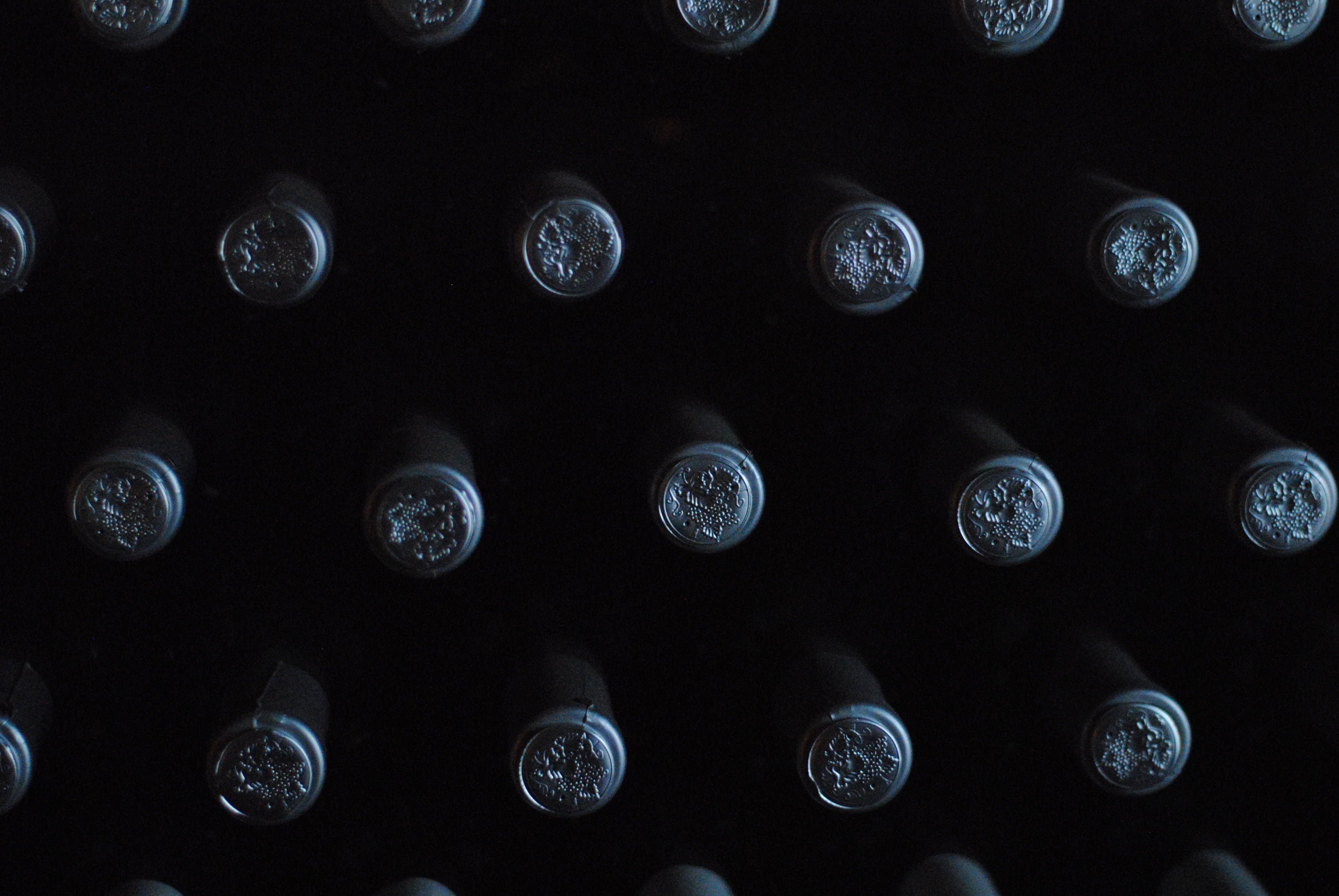
Managing a large collection of items, such as wine or liquor, can be taxing if it is a manual process. Manual counts and cataloging could take hours or days depending on the size of the collection - and between inventory counts, typically there is no way to determine if a bottle has been lost, stolen, or replaced with a counterfeit product. When individuals or businesses are managing a medium to large collection of wine, liquor, or other high-value beverages manually, they are wasting value time and money – without much value add. Ideally, businesses or individuals that manage this sort of collection are looking for an inventory management system that can:
- Easily and uniquely identify each individual product, even distinguish between visually identical products.
- Enable an efficient and effective inventory count process.
- Allow individuals to locate individual products quickly and easily.
- Keep records, for example:
- Date of last inventory count
- Date of purchase
- Date of bottling
- Origin, history, and price
- Reviews and notes
- Scoring Information
As shown in the chart above, barcode labels work well for identifying wines and for keeping records, but because barcode scanning still takes time to align and scan, barcode labels are not a huge improvement over visual cataloguing when it comes to counting inventory. Not only can an RFID inventory management system reduce inventory counts from hours/days to seconds/minutes, it also provides two additional value adds – unique identification even against counterfeiting, and the ability to locate individual products.
Many private wine collections, as well as restaurant or hotel wine cellars, are managed via RFID technology. In fact, the demand for a wine inventory management system is so popular that software apps specifically designed for cataloging wine are available, highlighting the experience and features provided by UHF RFID. The ability to hold a handheld RFID Reader and locate a specific bottle within an average 5-10 foot radius, as well as the ability to inventory thousands of bottles in seconds, makes RFID the ideal candidate for managing high-value wine collections.
UHF RFID was not always suggested for tracking wine or other bottled beverages because of the adverse effects of UHF RFID near liquids. In recent years however, UHF RFID tags are being designed to counteract and mitigate the interference caused by liquids with the creation of new form factors and tag types.
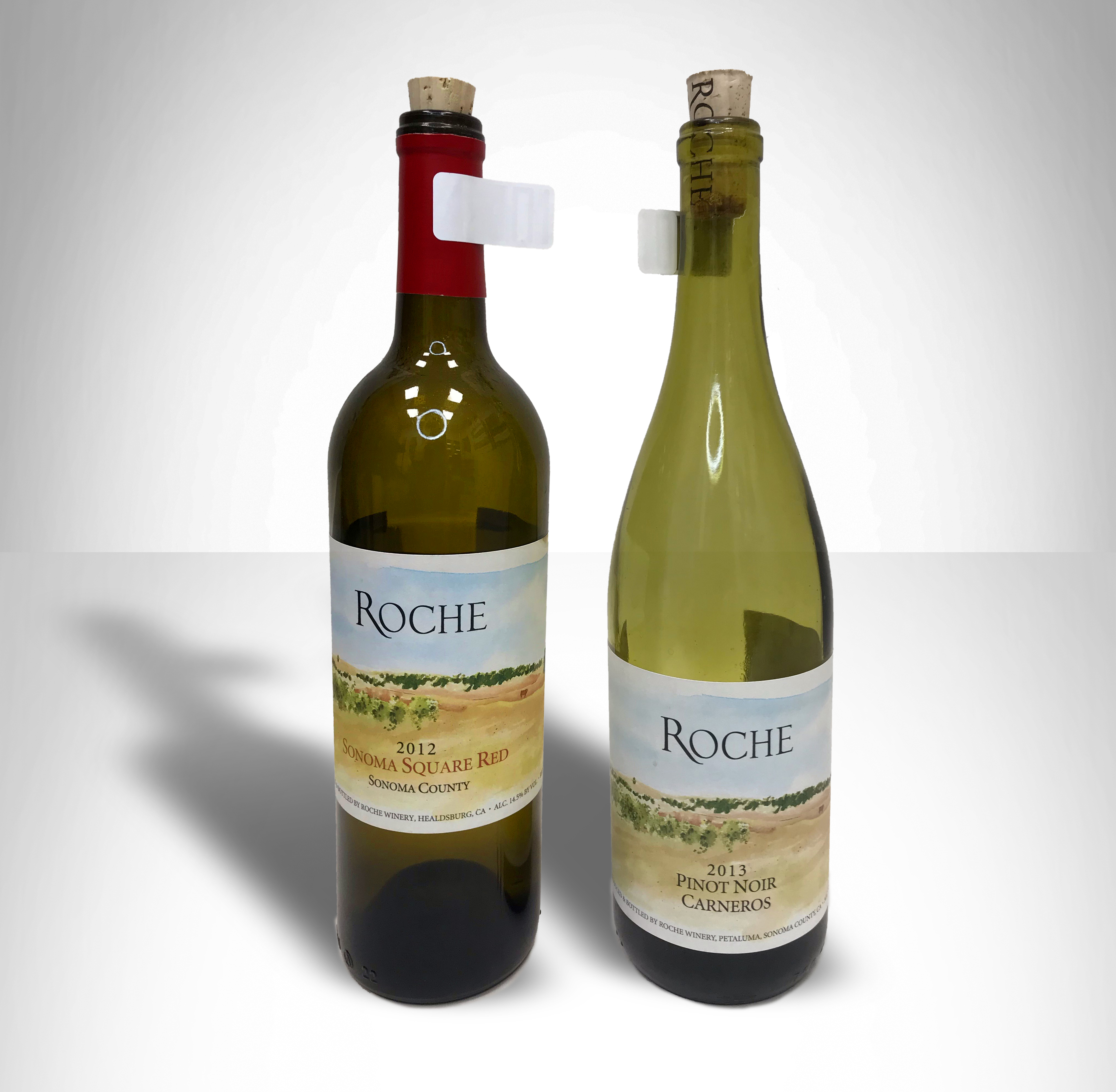
One such tag form factor, shown above, is called a Flag Tag. Flag tags are RFID tags that have adhesive on one half and the RFID inlay on the other half. The adhesive adheres directly to the neck of the bottle, while the RFID tag portion is suspended in air, similar to a flag, and therefore doesn’t touch the bottle. RFID flag tags are ideal for mitigating interference typically caused by problem materials like liquid and metal by simply ensuring that the inlay does not actually touch the item. Because of this, RFID flag tags can be used on thick metal assets, liquid-filled assets, as well as tagged assets in packed configurations, like products stacked behind or below other assets.
To see the Smartrac Midas RFID FlagTag in use, checkout the video below!
In addition to flag tags, other types of tags were created especially for tracking liquid-filled items, such as tags with a foam backing*, or tags calibrated with a unique sensitivity - ideal for liquids.
In addition to choosing the ideal type of tag or form factor for tracking wine bottles, deciding tag placement is equally important. RFID tags should be placed on a bottle where the least amount of liquid is present for the best results. As you can see in the image above, for wine bottles, typically the ideal location for the RFID tag is on the neck of the bottle, where air, instead of liquid, is located. However, if the air ratio were to change, for instance if wine bottles were to be stored upside down, the application might be more successful if the bottom of the bottles were tagged, because that is where more air and less liquid is present.
For more information about wine inventory management, or similar liquor/spirits RFID applications, please contact us.
Asset Management
Keeping track of wine barrels, kegs, liquor barrels, crates
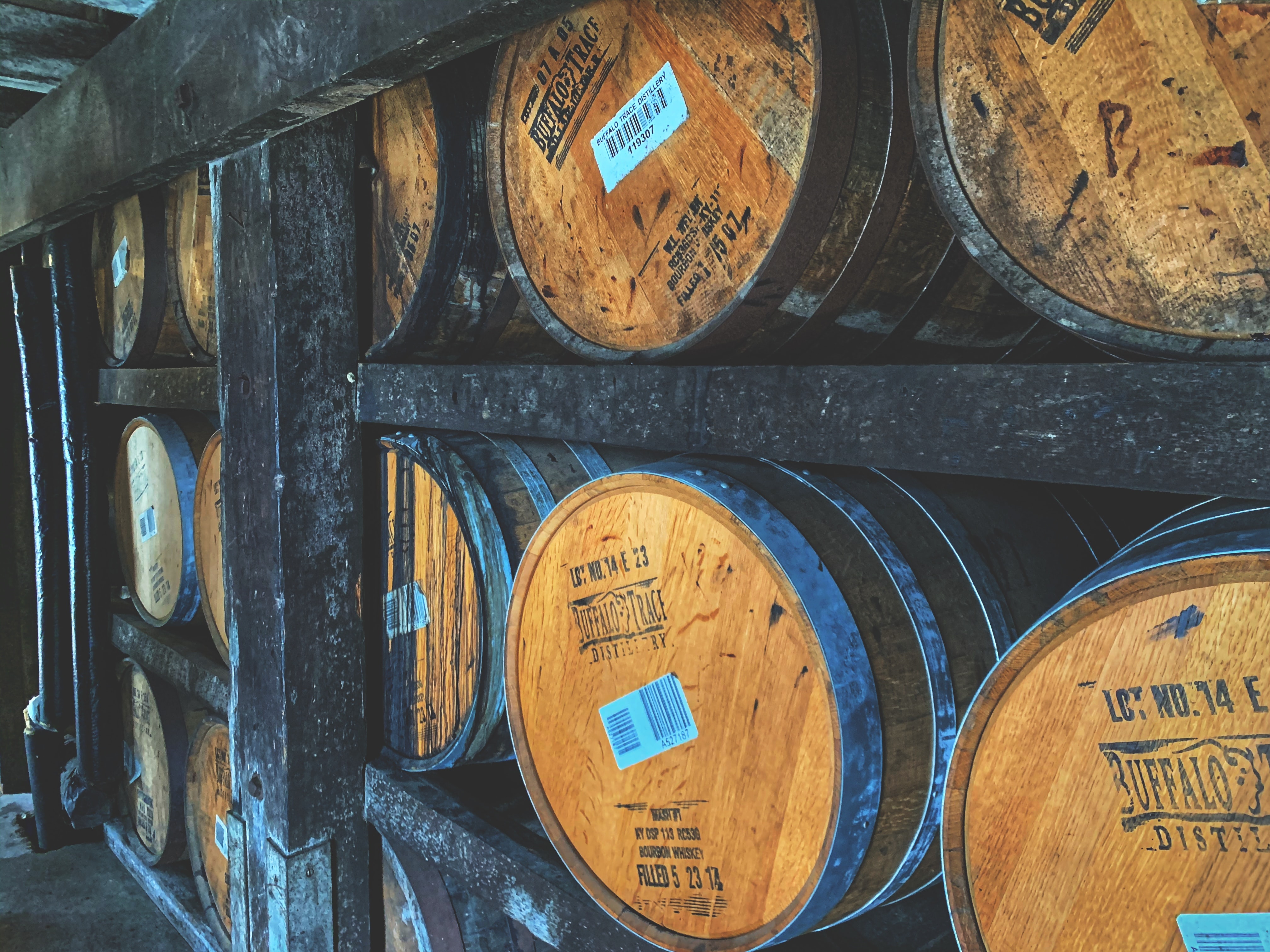
Wine, beer, and other alcoholic beverages can be made in, stored in, or purchased in reusable assets that can be reused several times or several hundred times depending on the asset. The more use a company can get from an asset, the more money a company can save. The difficult part of reusing these assets is managing and tracking each one throughout the contents’ lifecycle, and to ensure that they can be available when needed.
For instance, keg tracking and management is becoming more and more popular and effective when outfitted with RFID tags and hardware. Attaching an RFID tag to a keg allows not only easy identification, but also seamless record keeping of history data on individual kegs, like last scanned location, amount of usage, and contents.
Keg Management Facts:
- Keg Loss costs Brewers between $0.46 and $1.37 per-barrel of annual keg production.
- Assuming 2011 craft beer sales of $11.5 million barrels, that is a total direct capital charge to craft brewers of $5.3 million and $15.8 million annually.1*
- Kegs are generally lost or stolen for a few different reasons, like – wholesalers, resellers, or retailers not knowing who or where to return the keg to, companies closing, unauthorized individuals stealing kegs for personal use, unauthorized individuals stealing kegs for scrap metal, or breweries taking the wrong kegs.1*
- Kegs are lost at an annual rate of 5-6%.2*
- Kegs can be reused usually between 20 – 40 times. 3*
- Typical New ½ BBL Kegs like the one below, cost on average $100, but they can be more expensive if they have custom printing, engraving, colors, sizes, shapes, or any other identifying markers.5*
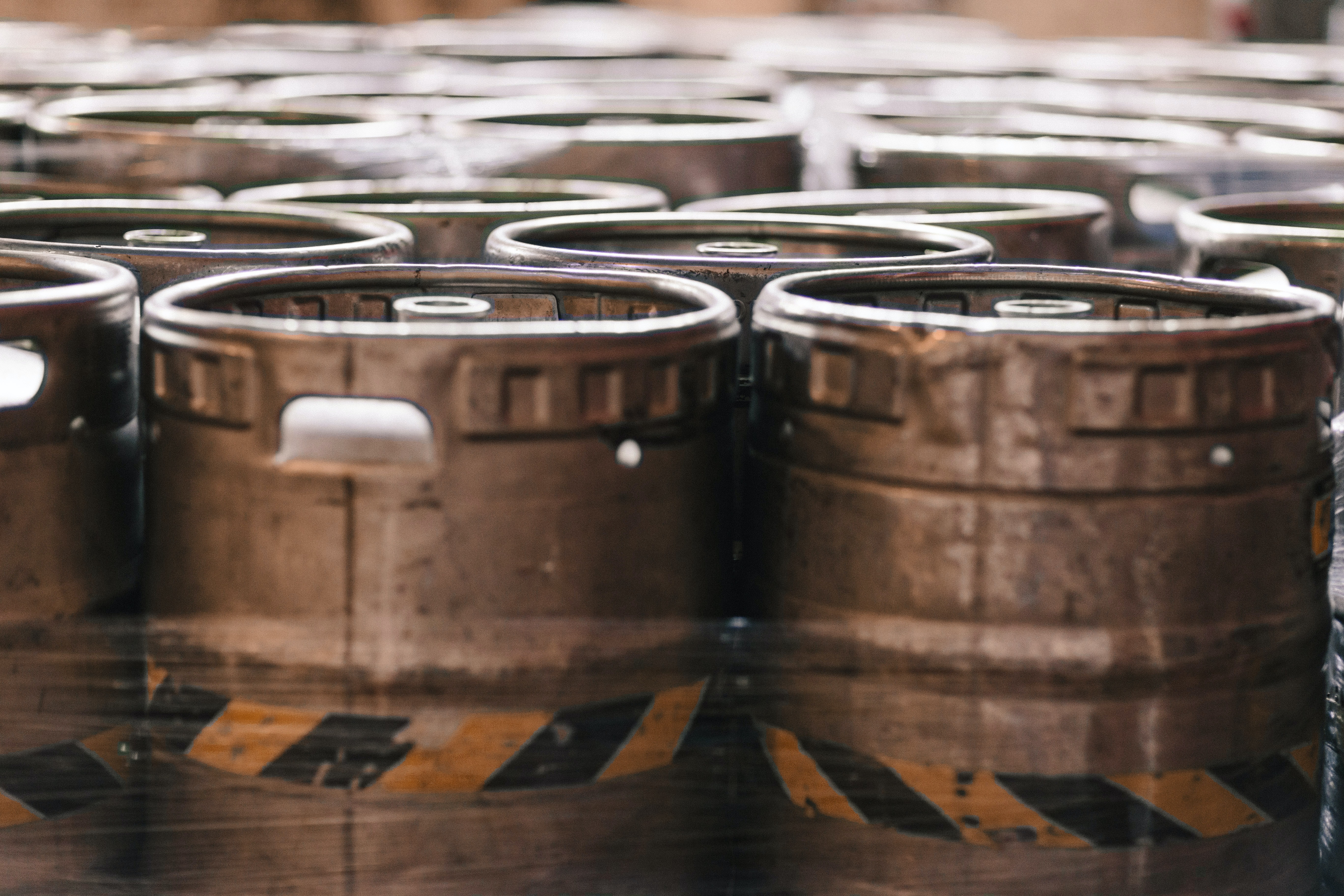
Because keg return (also called keg repatriation) is not consistent, it is leading to keg shrinkage at a loss of 5 – 6% annually. Some brewers/beer manufacturers attribute keg shrinkage to specific businesses they supply, whether it be because of poor management or theft – which in turn can lead to hefty keg deposits stemming from mutual distrust between retail or wholesale and manufacturers. Some brewers see keg shrinkage as mostly a mistaken identification problem that can be somewhat rectified by adding identifying markers, stickers, or colors to kegs. Instead of narrowing focus and blame to singular problem, a handful of companies across the world identified several factors at play affecting keg repatriation, and independently identified UHF RFID as a solution.
One of these companies – Keg Hounds, who identified UHF RFID as a solution – developed a system with the premise of ‘bringing accountability to industry keg floats’ by using RFID hardware and software.
UHF RFID isn’t GPS technology, which means that it has limitations in terms of tracking range – also called read range. An RFID reader must be within a certain range to read an RFID tagged keg. Because of this, companies that provide an RFID keg tracking solution rely on well-developed chain of custody, business relationships with mutual understanding of the technology, and historical data and reporting.
Custom designed by Keg Hounds and Omni-ID, the company’s unique UHF RFID on-metal tag works in
conjunction with fixed and handheld RFID readers and custom software to create the solution. With this setup, Keg Hounds is able to answer customer questions like:
- How any kegs have I purchased?
- How many kegs do I actually have?
- Who is losing my kegs?
- How fast am I turning each keg?
- Which kegs will require maintenance soon?
- Who has each of my kegs right now?4*
For a full run-down about Keg Hounds and how they are using Passive UHF RFID to solve one of the Beverage Industry’s fastest-growing problems – checkout this whitepaper.
Keg Hounds isn’t the only company using passive RFID to manage keg inventory – companies with similar solutions are springing up in response to the growing need for a keg tracking solution. One impressive aspect of a created hardware/software keg tracking solution is the range of capabilities that cover the large scope of keg asset management, made possible by using RFID.
Fixed Infrastructure Provides:
- Effective and Efficient Inventory Management
- Forecasting/Planning for Future Orders/Large Shipments
Individual Keg Identification Provides:
- Records of Each Keg’s Past Shipments/Orders
- Records of Each Keg’s Contents (Effective Batch Tracking)
- Individual Keg Maintenance Records
- Forecasting/Planning for Future Orders/Large Shipments
- Reporting and Analytics on Individual Kegs as well as the General Process
Handheld/Mobile Readers Provide:
- Chain of Custody Provides Individual Keg Accountability
- Status Updates on Individual Kegs
The same basic needs for an asset management solution are seen throughout the wine, beer, and spirits industries for assets like wine and liquor barrels for storing alcohol, as well as crates and totes for collecting and/or storing raw materials. Kegs are typically the most complex asset to manage when compared to other industry-related assets, because kegs travel to different facilities - making them returnable transit items (RTI). Reusable assets that remain inside one facility such as crates, totes, and most barrels, are still susceptible to loss, theft, and management problems - especially within large facilities. Below are some popular RFID tags that are commonly used to track reusable assets:
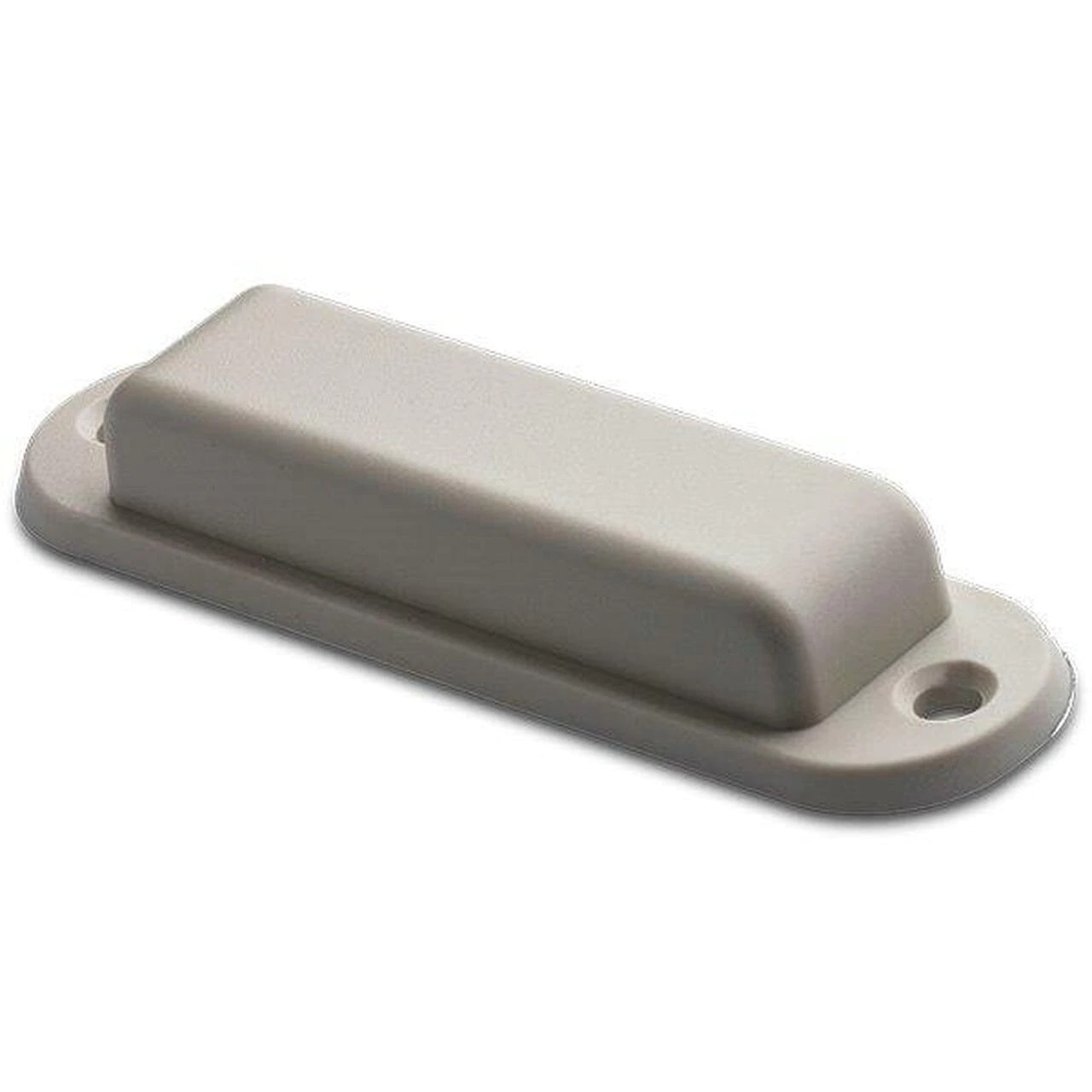
HID Global InLine Tag Ultra RFID Tag
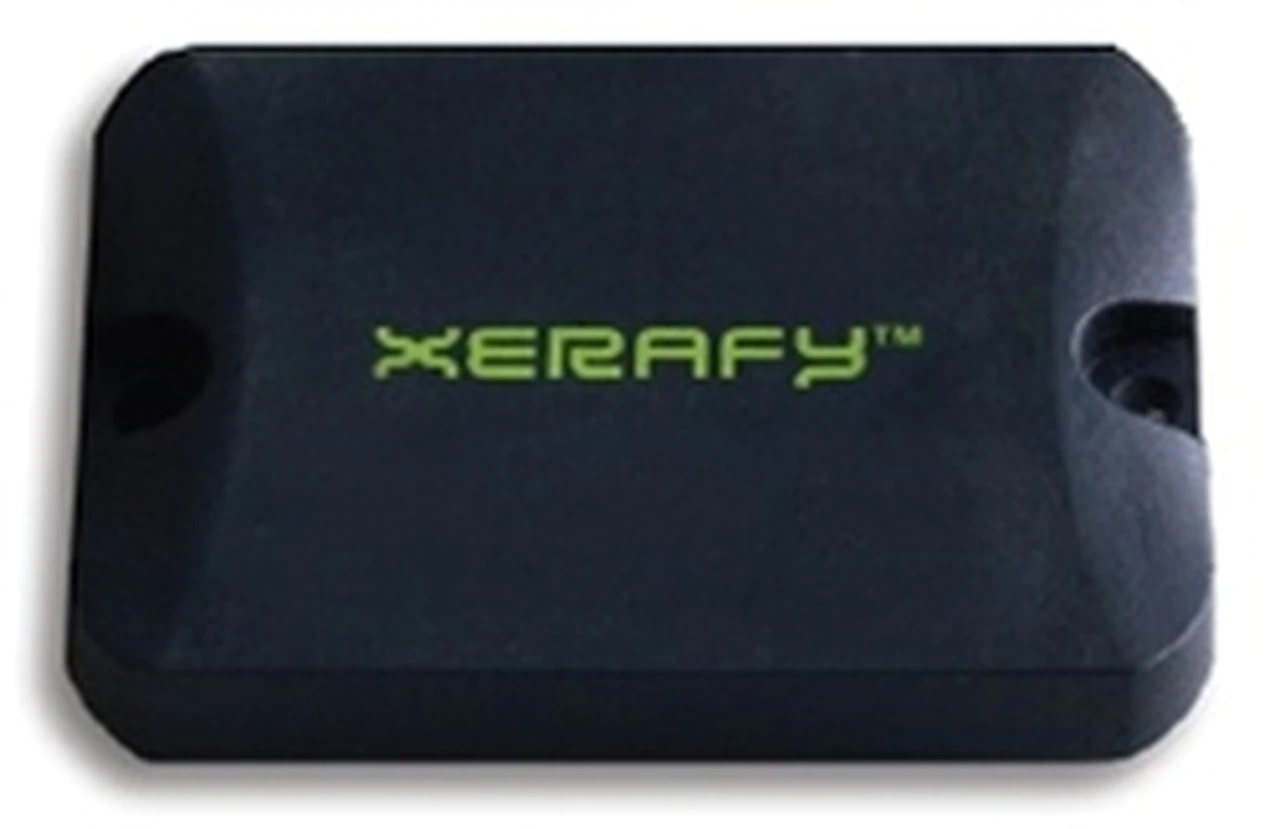
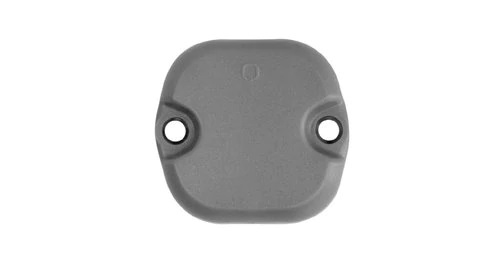
For more information about asset management and asset tracking for the wine, beer, and spirits industries – comment below or contact us. Also, checkout part two of this article that focuses primarily on the solutions available for Alcohol that use HF/NFC RFID technology.
Sources:
*2 - https://www.craftbeer.com/craft-beer-muses/the-draught-beer-circle-of-life
*4 - https://keghounds.com/site/wp-content/uploads/2020/05/Keg-Tracking-Analysis-5.7.20.pdf
*5 - https://www.craftbeer.com/craft-beer-muses/costly-...
*Tags with a foam backing - When purchasing foam-backed RFID tags for liquid-item tracking, ensure that the adhesive is located on the foam portion of the tag, instead of on the inlay portion. This is important because tags created for Race Timing Applications are readily available with a foam backing (SIVA Custom Foam Backed Tag), but the adhesive is on the inlay. Foam-backed RFID Tags for Race Timing are designed to adhere to the backside of a runner’s bib, so the layering is – Bib, Adhesive, Inlay, Foam, Human Body.

Suzanne Smiley
|

